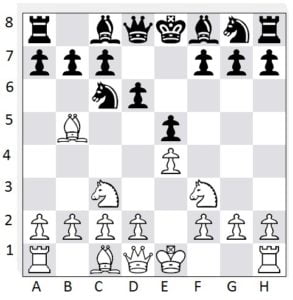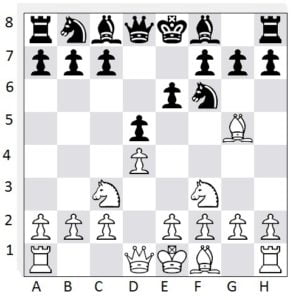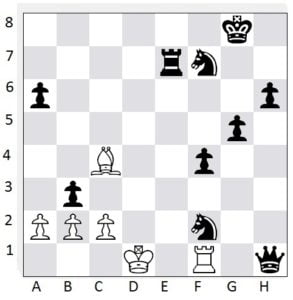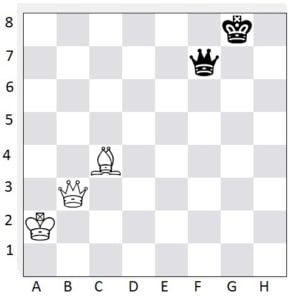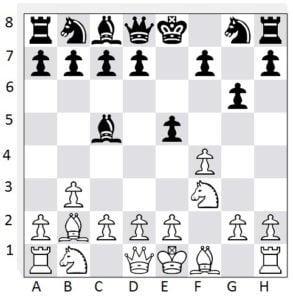So you’ve played an awesome game and now it’s down to a King and Pawn(s) VS King (and Pawn(s)) endgame! Who will win? How can you figure out the win without making the moves?
The answer to both questions is one word: COUNT!
When you get down to just pawns, a lot of the time you can figure out the outcome just by counting squares. You’ll still need to do analyzing (“This move works if he pushes the pawn, but what if he moves the king first?”), but for the most part if you count the spaces you can solve the problem before it becomes a problem.
Who wins here?:
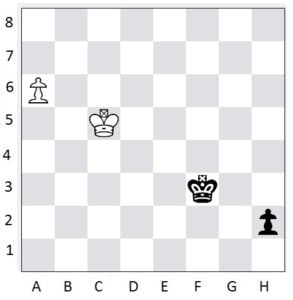
Answer: White! Yes, Black will get it’s Pawn promoted first, but then white promotes with check and takes black’s new queen as soon as black moves his King to safety.
But it’s not always about Pawn races. Often times, it’s just a case of “can I promote my Pawn before my opponent can capture it?”
So who wins here where there’s just a Pawn racing a King?:
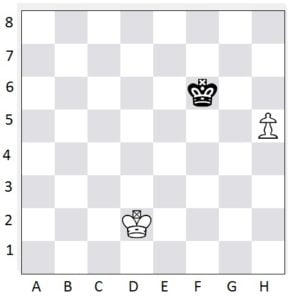
Answer: Black will take out white’s Pawn before it gets promoted. This game is now a Draw!
Here?:
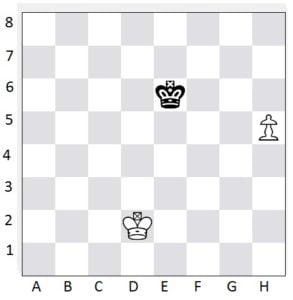
Again, it ends in a draw. White WILL get it’s new queen, but then black takes it for a draw.
And here?:
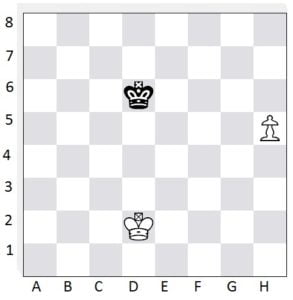
This time white wins. Black won’t be fast enough to get to the Pawn before it promotes, nor will it be able to take the fresh Queen.
So how can you tell just by looking (without playing it out) if a pawn will get to the back rank before the opposing King can capture it? We create…
THE PAWN SQUARE
From wherever the Pawn is, moving toward it’s hopeful promotion, we must create the Pawn square. The Pawn square is an imaginary box that is as wide as it is tall. The height of the box is from the Pawn to the back rank it’s trying to get to. The width is the same number of squares as the height (so, also, the number of squares the Pawn needs to go to to become promoted).
If the black King is anywhere inside the Pawn square, it will capture the unprotected pawn.
SO, using our earlier examples, in each case the pawn has only 3 spaces to go until it is promoted, so the Pawn square will be 4 spaces by 4 spaces (because we need to include the space the Pawn is starting on).
So our first position’s pawn square looks like this:
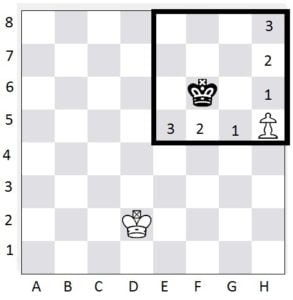
See that the Black King is in the Pawn square. It will therefore capture the pawn before it gets to the end. In fact, along the X axis, the King is at space 2, and will therefore capture the pawn when it’s on space 2 for the Y axis (sorry for bringing up high school algebra!)
In the second example, the King is on space 3 and will capture the pawn on it’s space 3 (just after it becomes a Queen):
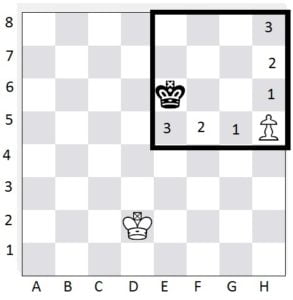
But in the final example, the King was not able to catch the Pawn. Why? Because it was just outside the Pawn square, and therefore cannot catch up to the Pawn.
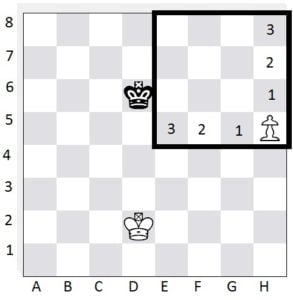
So whenever you have an unprotected Pawn racing for the back rank and it’s only threat is a King trying to catch up to it, you can now decide who will win! Simply imagine a Pawn square. If the opposing King is inside that square when you begin your mad dash, you will lose! If he’s outside the square, then make a run for it with the knowledge that very soon you will have a new queen on the board!
Have a topic you’d like me to cover or a question you’d like to ask? send me an e-mail at [email protected]


